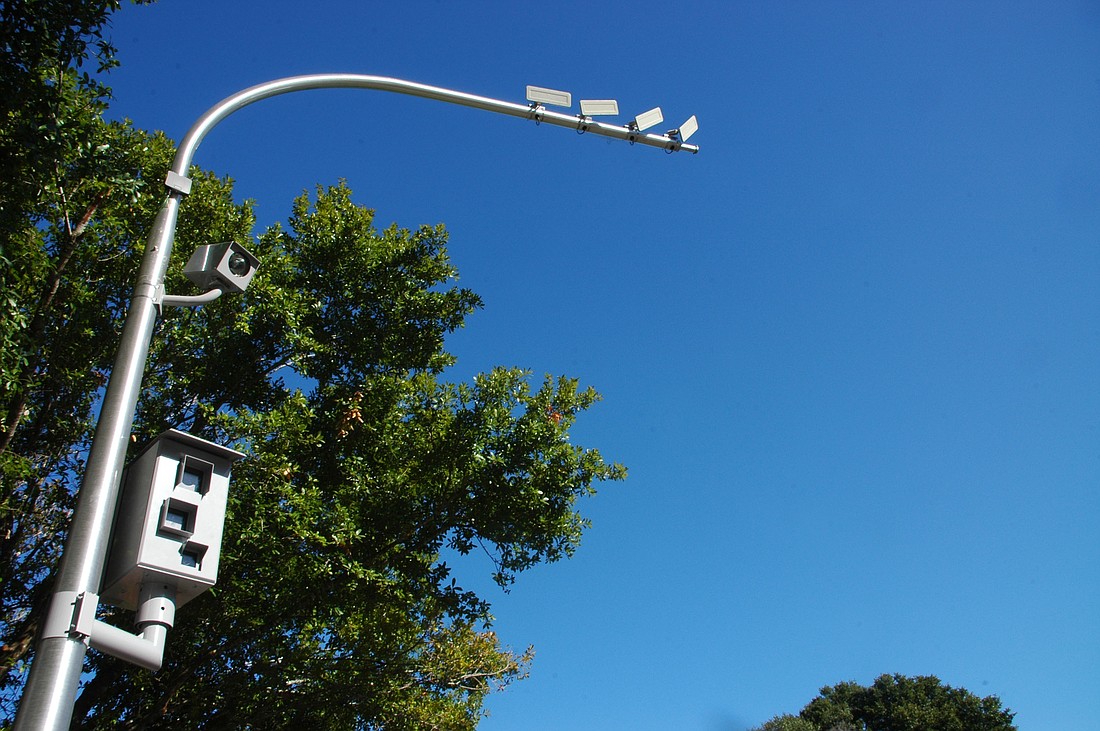- April 19, 2024
-
-
Loading

Loading

It’s common now to see a lightning-like flash while sitting at an intersection in Orange County. Someone just got a ticket for running a red light.
We might think twice before running a red light because we’re afraid that the red-light running cameras, installed at intersections throughout Orange and Seminole counties over the last several years, might capture us one day. But are these cameras really saving lives?
Some municipalities are handing out several hundred red-light running tickets a month per intersection, which means that many people are running lights despite the cameras’ presence.
Last week, 17-year-old Matthew Knorr died when a man ran a red light in east Orange County and slammed into the passenger side of the car Knorr was riding in. Knorr’s father, 42-year-old John Knorr, was critically injured. Matthew was pronounced dead at the scene.
There may not have been a camera at the intersection where this tragedy occurred, but incidences like this should serve as a reminder that intersections are very dangerous places, whether they’re patrolled by a camera or not.
Observer reporter Amy Simpson wrote last week that Maitland issued more than 200 red-light running citations in January alone and 86 in June. When Winter Park installed cameras in February, 372 tickets were issued; 227 were mailed to drivers in June. So behaviors are changing, at least at monitored intersections.
Many of us are usually in a hurry when on the road. To someone running late for a meeting, a yellow light at an intersection doesn’t mean slow down — it screams, put the pedal to the metal. Perhaps knowing that so many people are still breezing through intersections after the light turned red will make drivers proceed a little more cautiously when crossing the road.
As for those intersections that are electronically patrolled, the jury is still out as to whether they cut down on the number of accidents. Some reports say the number of red-light running-related crashes have dramatically decreased in cities that have installed cameras while other figures show that rear-end collisions actually increased at some intersections after the cameras were installed. Meanwhile, some officials have said that it’s too early to tell whether they’ve made a difference because the program is still young.
No matter if an intersection is armed with cameras or not, the best place to practice patience is behind the wheel of a car. Take caution and treat every intersection like you’re on camera.